By Annika and Aron
Salting
Lately, scientists in Norway have been wondering why the use of road salt has increased these past years. When in fact they have been trying to use less.
This is a plow truck salting the road to melt the ice and snow.
Salting often contaminates water and rivers that are close to roads along with just pure use of the road, things will be thrown into the water. If it rains then the runoff will drain into the water and bring along salt, dirt, and various leaks from cars, and other vehicle`s that use the road into the water.
Since the gravity has pull as it does, everything will flow into rivers or lakes that are used as a source for drinking water for wildlife and humans. Contaminated drinking water can poison the humans and animals who drink from it. Salt runoff can also seep down into the groundwater and further pollute the ocean and make rivers and lakes saltier to the point where the organisms in the lake or river can die from too much salt.
Salt runoff from the road can cause a separation in the water of small lakes/ponds where the saltwater collects at the bottom and keeps the water from circulating. This is a problem cause due to the lack of circulation the water loses air which can be fatal for the organisms that live in the pond, like fish. Salt can also be dangerous for amphibious animals like frogs as their skin doesn’t react well to salt.
Is there an alternative?
Statens Vegvesen (our Transport Authorities) in Norway have tried to find different ways of removing the ice on roads in the winter by dampening, mixing and using salt with more magnesium. Sadly, there hasn’t been a breakthrough yet, but they are working on a new and more environmentally friendly solution.
The best alternative right now is gravel.
Building roads
The action of building roads damage nature. But what are the other bad side effects of building roads? And how does this pollute the freshwater sources near the building site?
- A negative side effect to building roads is that if you use explosives to flatten a rock that is in the way it can unleash an amount of dust that then usually drifts to the water making the water dirty and polluting it.
- Asphalt is the binding glue that they mix with rocks and such to create asphalt-concrete that is used to build the roads. Under construction the asphalt is heated and can cause toxic fumes which can enter your body through breathing it in or skin-absorption. It can cause harm to the roadworkers and to the animals and nature surrounding it.
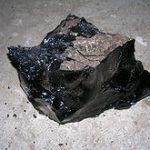
This is a picture of refined Asphalt.
Today a big problem with roads and traffic are the rubber-bits that fall off the vehicles tires while driving. These bits of rubber are extremely small and pollute rivers, freshwater sources and the ocean with plastic. the algae eat these small pieces of plastic and the fish eat the algae which ultimately ends up with making us eat plastic if we eat fish.
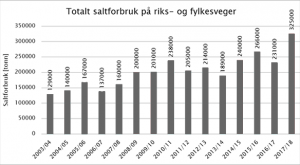
Runoff
In tunnels there is a lot of dust, rubber, tire bits and metal particles from the cars that drive through. When they clean these tunnels the run
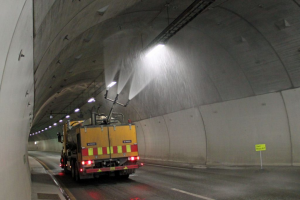
off water spills out of the tunnels and sometimes spills into a pond or very small lake. The runoff decreases the water quality in the small lake/pond for the animals who live and drink from it.
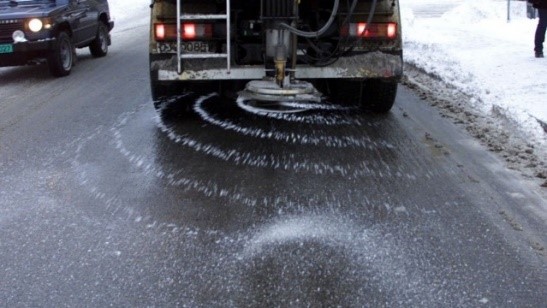
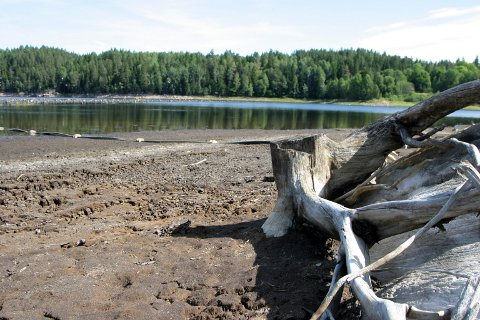

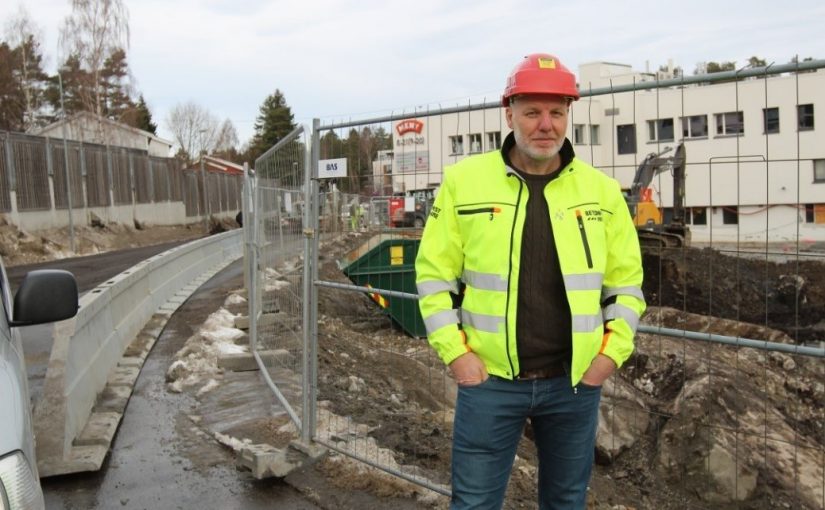





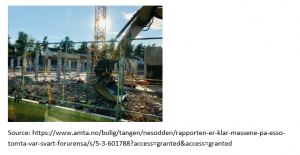
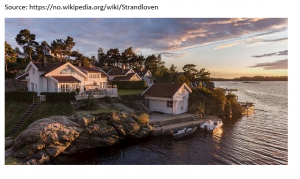


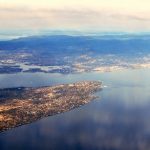 rounded by water on both sides. Our task was to find facts about how the road construction, salting, gritting and run off form the polluted masses affects the water community.
rounded by water on both sides. Our task was to find facts about how the road construction, salting, gritting and run off form the polluted masses affects the water community.